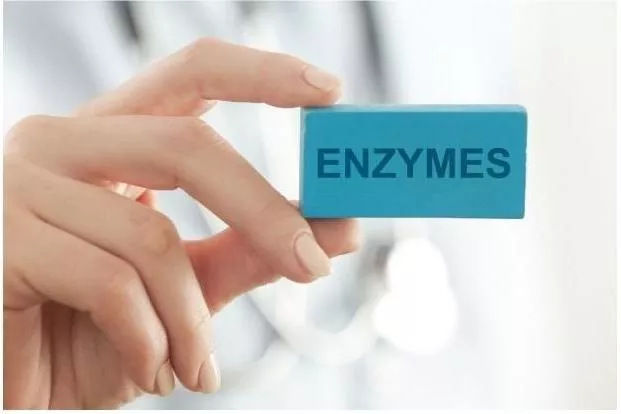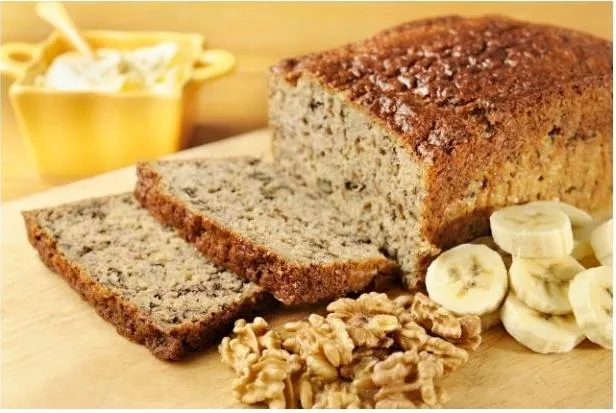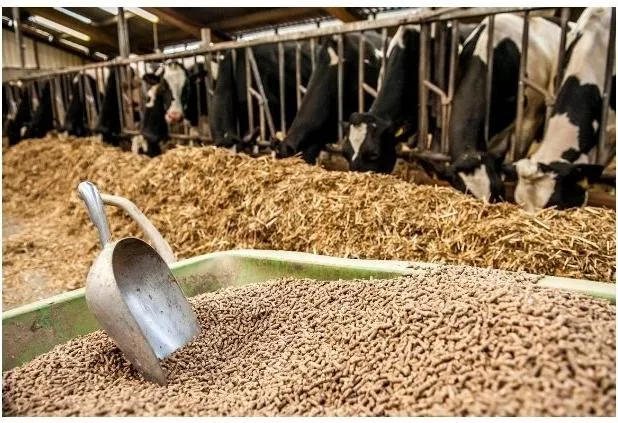What are Enzymes and What Do Enzymes Do?
Enzymes are essential biological catalysts that facilitate almost all chemical reactions in biological systems, which are necessary for sustaining life.
What are Enzymes?
Enzymes are proteins or RNA molecules that act as catalysts within biological reactions. Enzymes speed up these processes by reducing the activation energy required for reactions without being consumed or permanently altering themselves. This catalytic ability allows complex biochemical pathways to be carried out efficiently at relatively low temperatures.

Compositions of Enzyme
Enzymes are primarily composed of proteins, chains of amino acids folded into specific three-dimensional structures. This structure is crucial as it determines the enzyme’s specificity and ability to bind to substrates—the molecules upon which enzymes act.
Classification of Enzymes
Due to their versatility and specificity, enzymes are classified in several ways based on their reaction type, location within the cell, substrates they act upon, and their production conditions. Each category provides insight into the enzyme’s function and application.
By Type of Reaction
Enzymes are grouped according to the type of chemical reaction they catalyze, illustrating their role in complex biochemical processes:
- Extracellular enzymes: These operate outside the cell and are often involved in digestion, breakdown of cell walls, and pathogen defense. Examples include amylase and cellulase, which act in the digestive tract or soil environment.
- Intracellular enzymes: These work inside the cells where they are synthesized. They are crucial for metabolic pathways, such as glycolysis and the Krebs cycle. Enzymes like hexokinase are intracellular in glucose metabolism.
- Surface enzymes: Positioned on the cell membrane, these enzymes interact with substances in the cell’s external environment. They play critical roles in signal transduction and cellular communication.
By Substrate
This classification is based on the specific substrates upon which enzymes act, which highlights their specificity:
- Amylase: Acts on starches, breaking them down into simpler sugars.
- Lipase: Targets fats, facilitating their conversion into fatty acids and glycerol.
- Protease: Breaks peptide bonds in proteins, resulting in smaller peptides or amino acids.
- Cellulase: Catalyzes the breakdown of cellulose into sugars such as glucose.
- Papain (Papaya enzyme) and Bromelain (Pineapple enzyme): Act on various proteinaceous substances used in culinary and medical applications.
By Production Condition
The condition under which enzymes are produced can affect their structure, function, and efficiency:
Intrinsic enzymes: These are continuously synthesized by the cell under normal physiological conditions, ensuring steady-state processes within the cell or organism.
Induced enzymes: Their synthesis is enhanced or initiated in response to certain environmental stimuli or the presence of specific substrates. This regulation allows cells to adapt quickly to environmental changes or metabolic demands.

What Do Enzymes Do?
Enzymes are proteins that act as biological catalysts in various biochemical processes within living organisms. They play a crucial role in speeding up chemical reactions by lowering the activation energy required. This means that enzymes facilitate reactions occurring more quickly and efficiently than they would, essential for sustaining life.
Functions of Enzymes
Enzymes play critical roles across various biological functions:
- Metabolic Processes: They are key players in metabolism, speeding up chemical reactions that would otherwise occur at a slower rate incompatible with life.
- Digestion: Digestive enzymes like amylase, protease, and lipase help break down food substances into smaller, absorbable components.
- Synthesis and Repair: Enzymes are crucial in synthesizing new molecules and repairing damaged ones, including those in genetic material.
- Detoxification: Liver enzymes convert toxic substances into harmless ones that are more easily excreted.
Characteristics of Enzymes
Specificity: Enzymes act on specific molecules through a lock-and-key or induced-fit mechanism, ensuring the right reactions occur at the right time.
Reusability: Enzymes don’t get used up in the reactions they start, so they can be used repeatedly.
Optimal Conditions: They work best in certain conditions, like at the proper pH and temperature. Most human enzymes work best at body temperature (37°C or 98.6°F).

Enzyme Applications
Enzymes have wide-ranging applications in various industries:
Specific Enzyme Uses:
- Amylase: Derived mainly from Bacillus subtilis and Aspergillus niger, used in alcohol fermentation, koji making, vinegar production, and feed processing.
- Protease: Sourced from Bacillus subtilis, Aspergillus niger, Aspergillus oryzae, and Streptomyces griseus, utilized in leather softening, fiber desizing, silk degumming, and food processing.
- Lipase: Obtained from Candida, Penicillium, and Rhizopus, used in dairy flavor enhancement, wool degreasing, and leather softening.
- Cellulase: From sources like Trichoderma, Rhizopus, Aspergillus niger, and Penicillium, applied in saccharification of feed, fruit and vegetable processing, and in brewing industries.
- Pectinase: Typically from Aspergillus oryzae and Aspergillus niger, used in juice clarification, fruit peeling, and fiber processing in textiles.
Enzymes are integral to both biological processes and industrial applications. By understanding their structure, function, and variety, we can harness their capabilities to optimize health treatments, improve industrial processes, and enhance food production. Continued research and development in enzyme technology promise further innovations in these essential biomolecules.
Related Posts:
1. Is Monosodium Glutamate MSG Gluten-Free?
2. What does carboxymethyl cellulose use in food?
